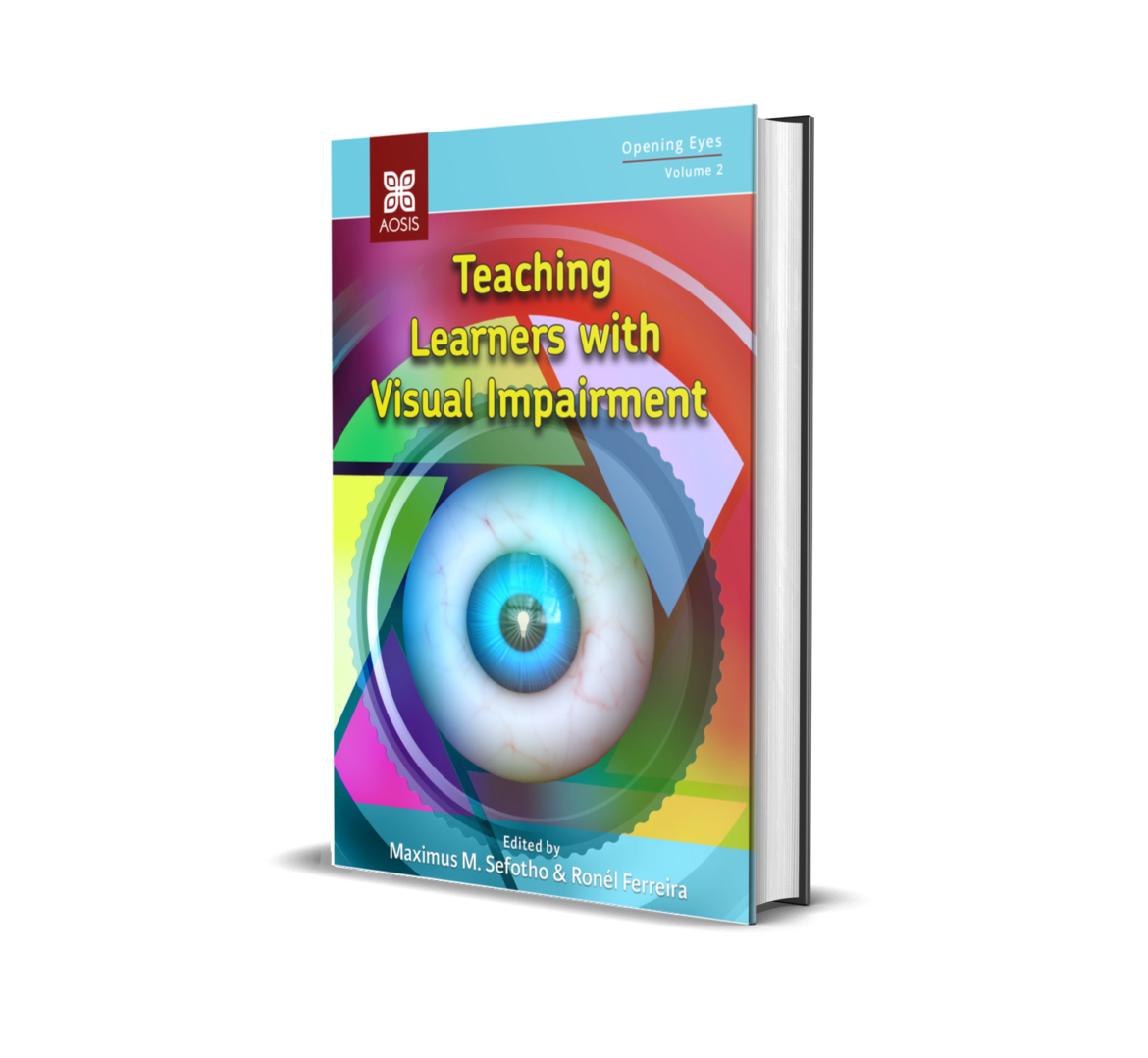This book, Teaching Learners with Visual Impairment, focuses on holistic support to learners with visual impairment in and beyond the classroom and school context. Special attention is given to classroom practice, learning support, curriculum differentiation and assessment practices, to mention but a few areas of focus covered in the book. In this manner, this book makes a significant contribution to the existing body of knowledge on the implementation of inclusive education policy with learners affected by visual impairment.
Copyright © 2020 Ronél Ferreira, Maximus M. Sefotho (Volume editor)

